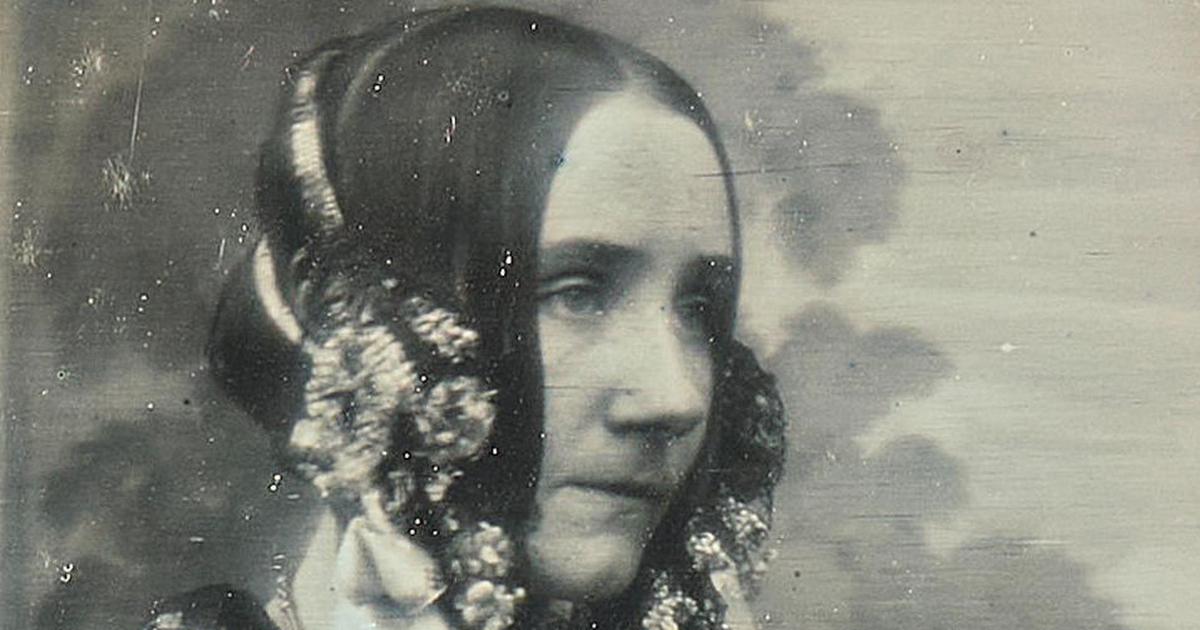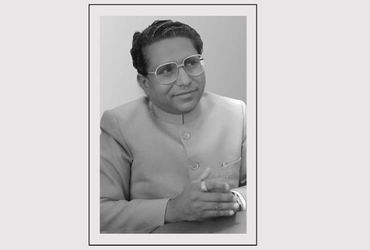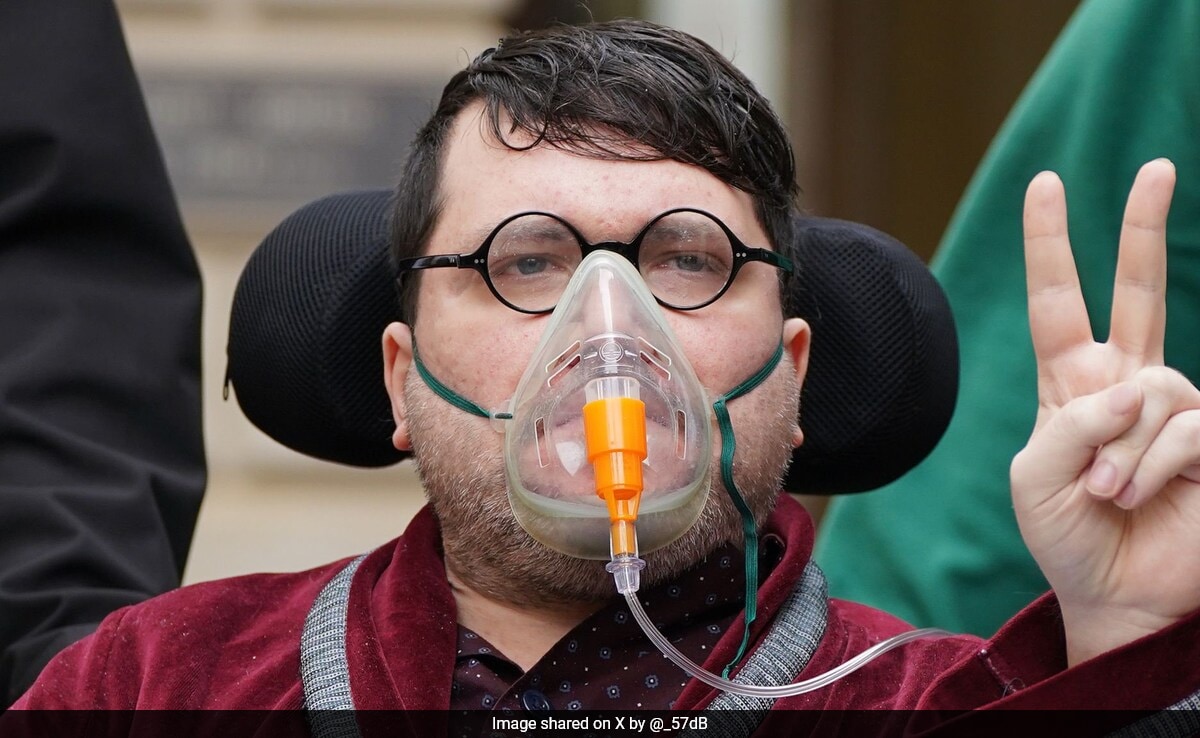AI history: When Ada Lovelace, Alan Turing, Charles Babbage dreamt of artificial intelligence

Join our WhatsApp Community to receive travel deals, free stays, and special offers!
- Join Now -
Join our WhatsApp Community to receive travel deals, free stays, and special offers!
- Join Now -

While the Dartmouth workshop in 1956 is the official birthplace of AI, it wasn’t the first time that people had thought about building thinking machines. However, without access to computers, there wasn’t much you could do before 1956 to advance those dreams. That was unless you were an exceptional thinker.
Perhaps the most exceptional mind to think about thinking machines before 1956 was the British mathematician Alan Turing. Time magazine named Turing one of the 100 most important people of the 20th century. He, more than anyone, is responsible for the digital age in which we now live.
During the Second World War, Alan Turing helped build one of the first practical computing devices, the beautifully named Bombe. This was used to crack the German Enigma military codes, a mathematical feat that likely shortened the war by at least two years, saving millions of lives. In 1936, before these codebreaking exploits and before anyone on the planet had actually built an electronic computer, Alan Turing came up with an abstract mathematical model of a computer. This model is simple but immensely powerful. It describes, for example, everything from your smartphone to the fastest supercomputer.
Turing wanted to answer a simple question. What can a machine compute?...
Read more
What's Your Reaction?
 Like
0
Like
0
 Dislike
0
Dislike
0
 Love
0
Love
0
 Funny
0
Funny
0
 Angry
0
Angry
0
 Sad
0
Sad
0
 Wow
0
Wow
0






















































